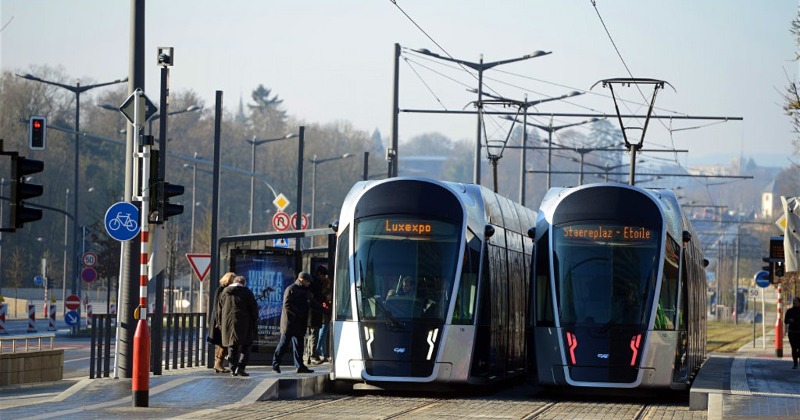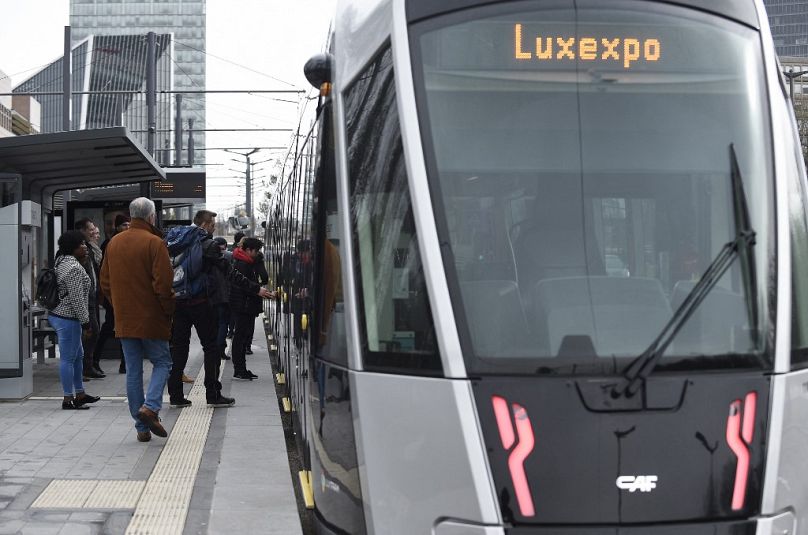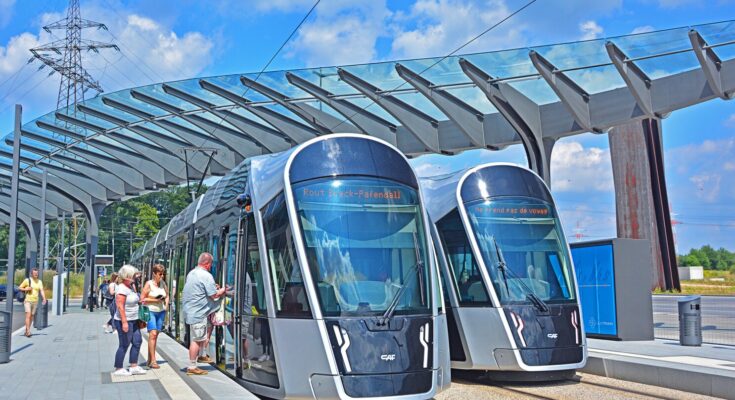In March 2020, Luxembourg made history by becoming the first country in the world to offer free public transport nationwide. This bold and progressive move was designed to reduce traffic congestion, combat pollution, and promote social equality. The initiative has since attracted global attention, with many cities and countries analyzing its potential for replication.

The Rationale Behind Free Public Transport

Luxembourg, a small European country with a population of just over 600,000, faces significant traffic congestion. Due to its strategic location, it serves as a hub for commuters from neighboring countries such as France, Germany, and Belgium. Every day, nearly 200,000 people cross the border into Luxembourg for work, contributing to heavy road congestion and increased pollution levels.

To address these issues, the government decided to remove fares for all forms of public transport, including buses, trains, and trams. This initiative aimed to encourage more residents and commuters to opt for public transport instead of private vehicles. By making transportation accessible to everyone, regardless of income level, Luxembourg hoped to enhance mobility and reduce reliance on cars.
Environmental and Traffic Benefits

One of the primary motivations behind this policy was the urgent need to combat environmental pollution. Road transportation is a significant contributor to greenhouse gas emissions, and Luxembourg’s traffic congestion only worsened the situation. By offering free public transport, the government hoped to decrease the number of cars on the road, thereby reducing emissions and improving air quality.

The initiative also aimed to promote a shift toward more sustainable urban development. If more people choose public transport over private vehicles, there will be less demand for extensive road expansion projects, preserving green spaces and reducing urban sprawl.
Impact on Social Equality
Beyond environmental benefits, Luxembourg’s free public transport policy also serves as a powerful tool for promoting social equality. Transport costs can be a burden for lower-income households, affecting their ability to access education, employment, and healthcare. By eliminating fares, the government ensured that everyone, regardless of financial status, could travel freely within the country.
This move was particularly beneficial for young people, students, and job seekers, who often rely on public transport but may struggle with the costs. It also helped families reduce their monthly expenses, making daily life more affordable for many residents.
Challenges and Criticisms
While the initiative has been widely praised, it is not without challenges. One of the primary concerns is whether free transport alone is enough to convince people to switch from cars to public transit. Luxembourg’s extensive road network and car culture mean that many people still prefer the convenience of private vehicles.
Additionally, funding remains a critical issue. The country has invested heavily in improving its transport infrastructure, but maintaining free services requires continued financial support from taxpayers. Some critics argue that instead of making public transport free, the government should have focused on enhancing service efficiency, reliability, and coverage in rural areas.
Global Influence and Future Prospects
Luxembourg’s pioneering approach has sparked discussions worldwide. Several cities and countries are considering similar models, with some experimenting with free public transport in select areas or for specific groups, such as students and senior citizens.
Looking ahead, the success of Luxembourg’s initiative will depend on continuous improvements in public transport infrastructure and efforts to change commuting habits. If the policy proves effective in significantly reducing car dependency and improving mobility, it could serve as a blueprint for other nations seeking sustainable and inclusive transport solutions.
In conclusion, Luxembourg’s decision to offer free public transport was a groundbreaking step toward a more sustainable and equitable society. While challenges remain, the initiative has set a precedent, proving that bold policies can drive change and inspire new solutions for urban mobility worldwide.



